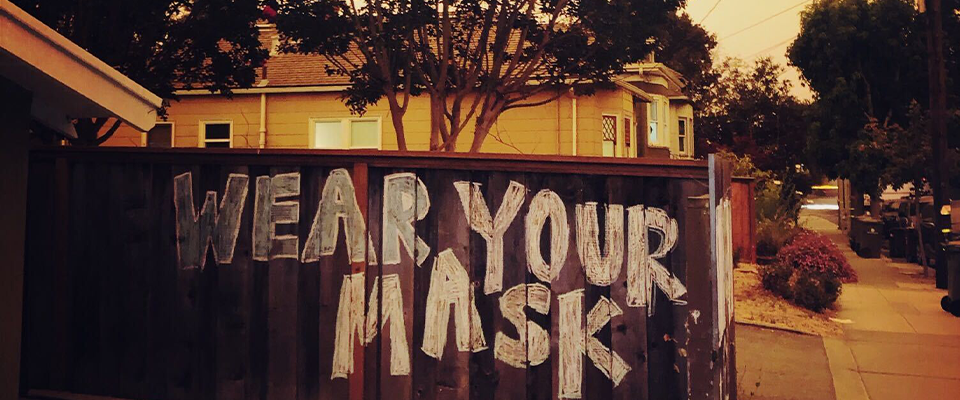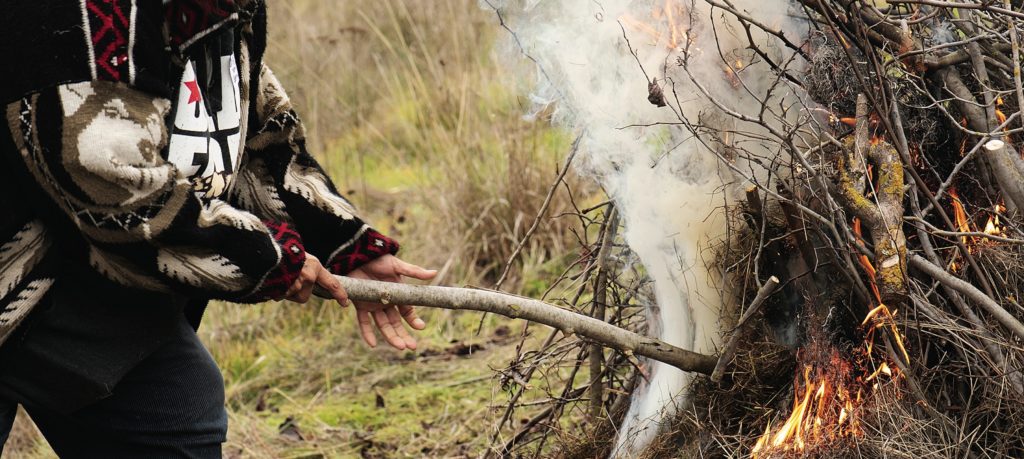Despite the economic and job losses, shelter-in-place orders prevented millions of coronavirus cases.
What would have happened if large-scale policies like shelter-in-place orders, travel restrictions, and business closures were not implemented early in the COVID-19 pandemic? According to a study from a Berkeley research team published in the journal Nature in June, shutdowns and other interventions prevented or delayed 61 million confirmed cases, which means that a total of 495 million infections were delayed or prevented in six countries including the U.S.
The economic disruptions and job losses caused by the pandemic are measurable, so the research team thought it “crucial that direct measurements of the effects of policies are used together with numerical simulations in current decision-making.”
The research team evaluated 1,700 policies deployed by six countries—China, South Korea, Italy, Iran, France, and the United States—over the period extending from the emergence of the virus in January to April 6.
Using econometric methods, which are typically used to measure the effect of policies on economic growth, the researchers found that, without anti-contagion policies, the estimated early infection rates in the six countries would have grown 38 percent per day, meaning the number of infections would have more than doubled every two days. In the U.S. alone, the growth rate would have been 34 percent per day. The research also indicates that small delays in implementing shutdowns lead to dramatically different health outcomes.
Berkeley Professor Solomon Hsiang, the lead author of the report, compared the spread of the novel coronavirus to a collapsing roof—and said anti-contagion policies caught it before it crushed everyone. “It was difficult and exhausting, and we are still holding it up,” Hsiang told Berkeley News. “But by coming together, we did something as a society that nobody could have done alone and which has never been done before.”
As we know, the pandemic is nowhere near over. And the shutdowns have come at tremendous cost—in the U.S., for example, 20.5 million people lost their jobs in April, and the unemployment rate soared to 14.7 percent, the highest jobless rate since the Great Depression.
Moving forward, the Berkeley study should help inform whether or when these restrictive policies should be deployed, intensified, or lifted. As Hsiang told the Washington Post, “Ultimately, whether or not it was worth it is something society has to decide.”
From the Fall 2020 issue of California.





















